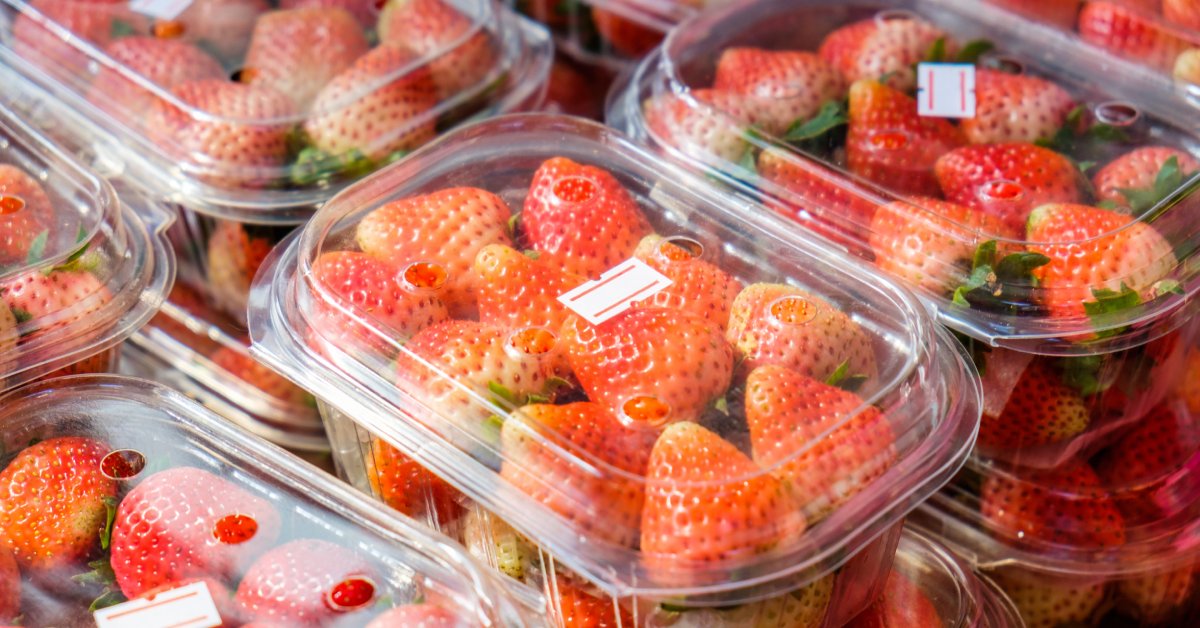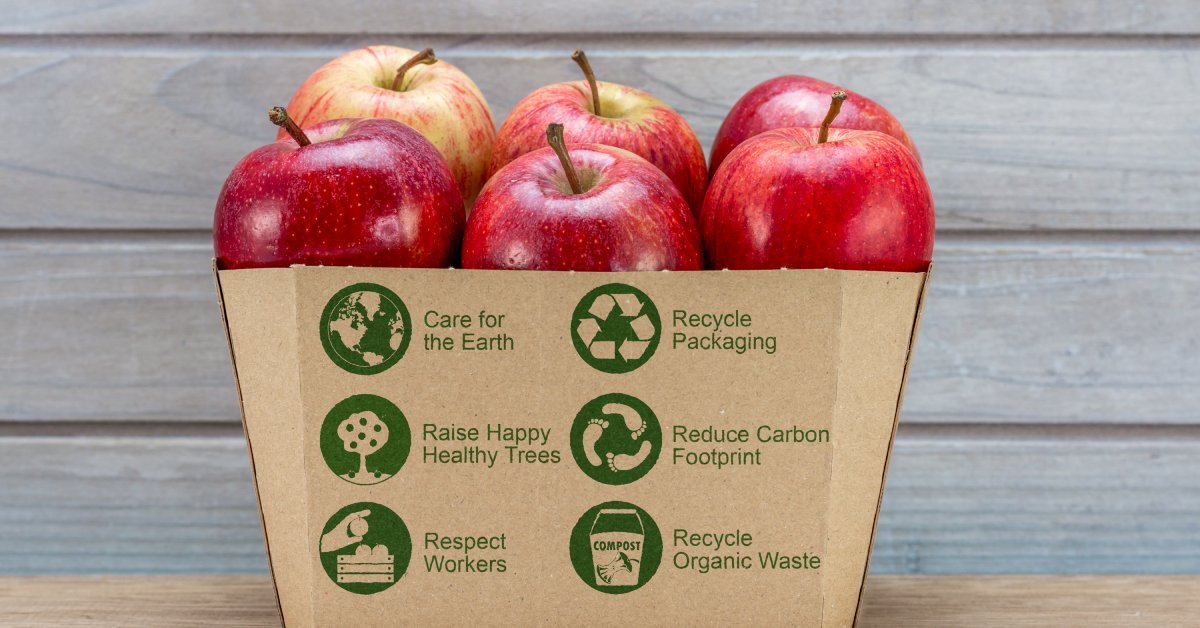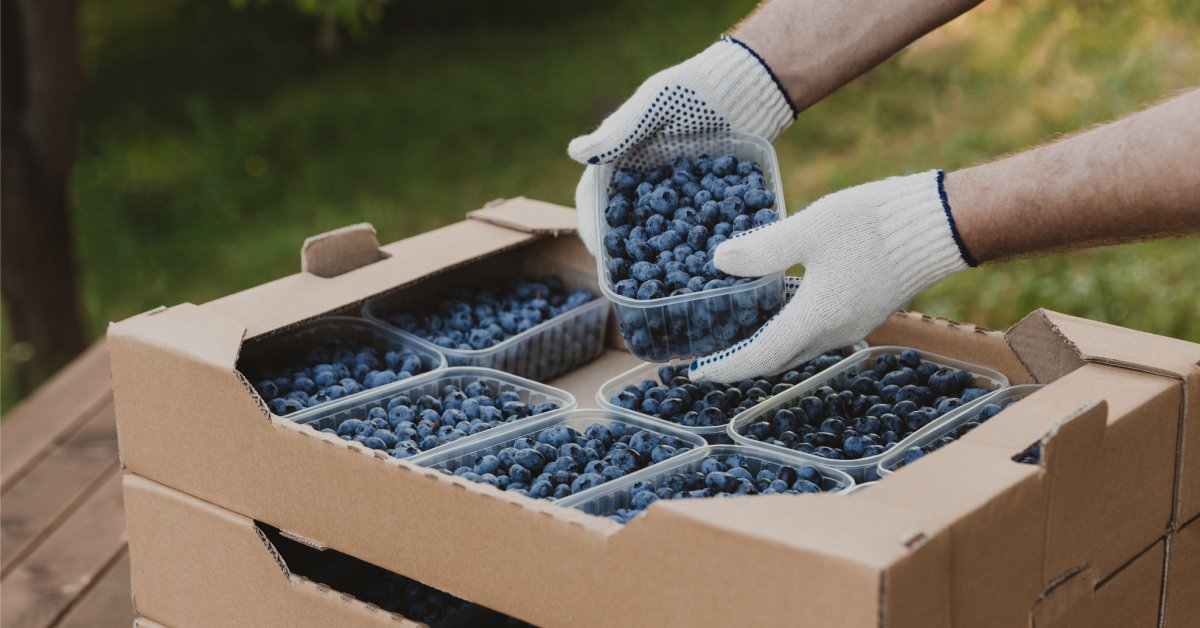Key Factors To Consider When Selecting Produce Packaging

Choosing the proper packaging for fresh produce goes far beyond practicality—it's about preserving quality, enhancing appeal, and ensuring satisfaction from farm to fork. For farmers, small business owners, and grocers, produce packaging plays a pivotal role in maintaining freshness, reducing waste, and winning over customers. But with so many options available, how do you pick the best solution for your needs?
We’ll discuss the key factors to consider when selecting produce packaging, from durability to branding opportunities. Whether you're packaging delicate berries or ears of corn, these insights will help you make choices that are as practical as they are impactful.
The Importance of Packaging for Produce
When it comes to fresh produce, first impressions matter. Packaging isn’t just a protective layer; it’s also a tool that ensures the freshness and integrity of your fruits and vegetables. Well-thought-out packaging protects produce during transportation and handling, reducing damage and spoilage.
Beyond practicality, packaging also appeals to consumers. High-quality, visually appealing packaging can immediately grab a shopper's attention. It communicates quality, professionalism, and trustworthiness—all essential factors when selling perishable goods in a competitive market.
Lastly, proper packaging ensures hygiene standards are met, keeping produce safe and free from contaminants. From preserving freshness to boosting sales, the importance of packaging cannot be overstated.
Packaging Solutions for Different Types of Produce
Different produce varieties require different packaging solutions to maintain their quality. For instance, delicate fruits like berries need clamshell packaging that protects them while offering proper ventilation. Leafy greens, on the other hand, often work best in breathable bags that maintain the appropriate moisture level.
Root vegetables like carrots or potatoes can be packaged in sturdy mesh bags, while citrus fruits typically do well in cardboard boxes or crates designed for ventilation. Recognizing the unique needs of each product ensures a longer shelf life, reduced spoilage, and a better experience for the end consumer.
Factors to Consider When Choosing Packaging
Selecting produce packaging involves balancing multiple factors, from durability to cost and environmental impact. Here's a closer look at what you need to weigh when deciding.
Material Sustainability

Modern consumers are increasingly eco-conscious, and sustainable packaging is no longer just a bonus—it’s a necessity. Selecting materials that are recyclable, biodegradable, or compostable not only reduces waste but also resonates with environmentally minded buyers. Whether choosing paper-based products, plant-based alternatives, or recycled plastics, sustainability should be a top priority in your decision-making.
Durability
Produce packaging needs to stand up to the rigors of handling and transportation. Sturdy packaging can prevent bruising, crushing, or contaminating your products before they reach your customers. Investing in durable materials ensures your produce arrives in pristine condition, and fewer damaged goods mean fewer losses for your business.
Ventilation
Proper airflow within the packaging is essential to maintain the freshness of your fruits and vegetables. Ventilated packaging allows heat and excess moisture to escape, reducing the risk of spoilage. Look for designs incorporating breathable materials, perforations, or mesh panels to keep produce at its best for longer.
Size and Fit
Packaging that fits your produce well isn’t just practical—it’s also cost-efficient. Oversized packaging leads to wasted materials, while undersized options can damage the contents. Choose packaging tailored to the type and quantity of your produce to maximize efficiency and minimize waste.
Moisture Resistance
Fresh produce often comes into contact with water during cleaning or transportation, so moisture-resistant packaging is critical. Materials like wax-coated cardboard or water-resistant plastics prevent damage that could shorten the shelf life of your products.
Food Safety Compliance
Safety is non-negotiable. Produce packaging should meet food-grade safety standards to avoid chemical contamination or compromised freshness. Working with trusted suppliers ensures that your packaging is safe and compliant with relevant health regulations.
Cost-Effectiveness
While quality is vital, your packaging should also align with your budget. Striking a balance between cost and performance will help keep your expenses in check while ensuring your produce is well-protected and appealing. Cost doesn’t mean cutting corners—focus on value instead.
Branding Opportunities
Packaging is more than just functional; it’s also a marketing tool. Use it to tell your brand's story, showcase your values, or highlight what makes your product stand out. Whether it’s a logo, tagline, or QR code that links to recipes, incorporating branding into your packaging helps build consumer recognition and trust.
Ease of Use
Packaging should be as user-friendly as possible for you and your customers. Features like resealable closures, easy-tear openings, or ergonomic handles can make a difference in convenience. Simplicity in design enhances the overall customer experience.
Supply Chain Compatibility

Your packaging needs to work seamlessly within your supply chain. It should be easy to stack, store, and ship without compromising the integrity of the produce. Lightweight but sturdy materials are ideal for reducing shipping costs while ensuring durability.
Aesthetic Appeal
Looks matter! Visually appealing packaging can attract attention on store shelves and influence purchasing decisions. Consider color schemes, designs, and typography that add charm and appeal to your packaging. A stylish and professional presentation leaves a lasting impression on buyers.
Environmental Regulations
Stay ahead by keeping up with current environmental regulations for packaging materials. Globally and locally, governments are pushing for more eco-friendly practices, which could impact your choices. Make informed decisions to avoid future compliance issues and demonstrate your commitment to sustainability.
Making the Right Choice
Now that you understand the key factors to consider, it’s time to make an informed decision about your produce packaging. Start by prioritizing your must-haves—whether that’s durability, sustainability, or aesthetic appeal—based on your business goals and customer preferences.
Conduct side-by-side comparisons of materials, designs, and suppliers to identify the best fit. Request samples and test the packaging in real-world scenarios to ensure it meets your needs for protection, ease of use, and compliance with regulations.
Don’t forget to account for costs and efficiency in your supply chain. Collaborate closely with stakeholders, including your team and supply chain partners, to ensure that your chosen packaging aligns with operational requirements and maximizes value. The right packaging protects your produce, reinforces your brand, and positively impacts both customers and the environment.
Find Reliable Produce Packaging from Saveway Supplies
The right produce packaging does more than protect—it helps reduce waste, attract customers, and align your business with modern values of sustainability and quality. By understanding what to consider when choosing produce packaging, you can make smarter decisions that positively impact your bottom line.
If you’re looking for the perfect produce packaging, Saveway Supplies offers a wide range of sustainable, practical, and stylish options to meet your needs. Explore our selection today and elevate your produce game.

